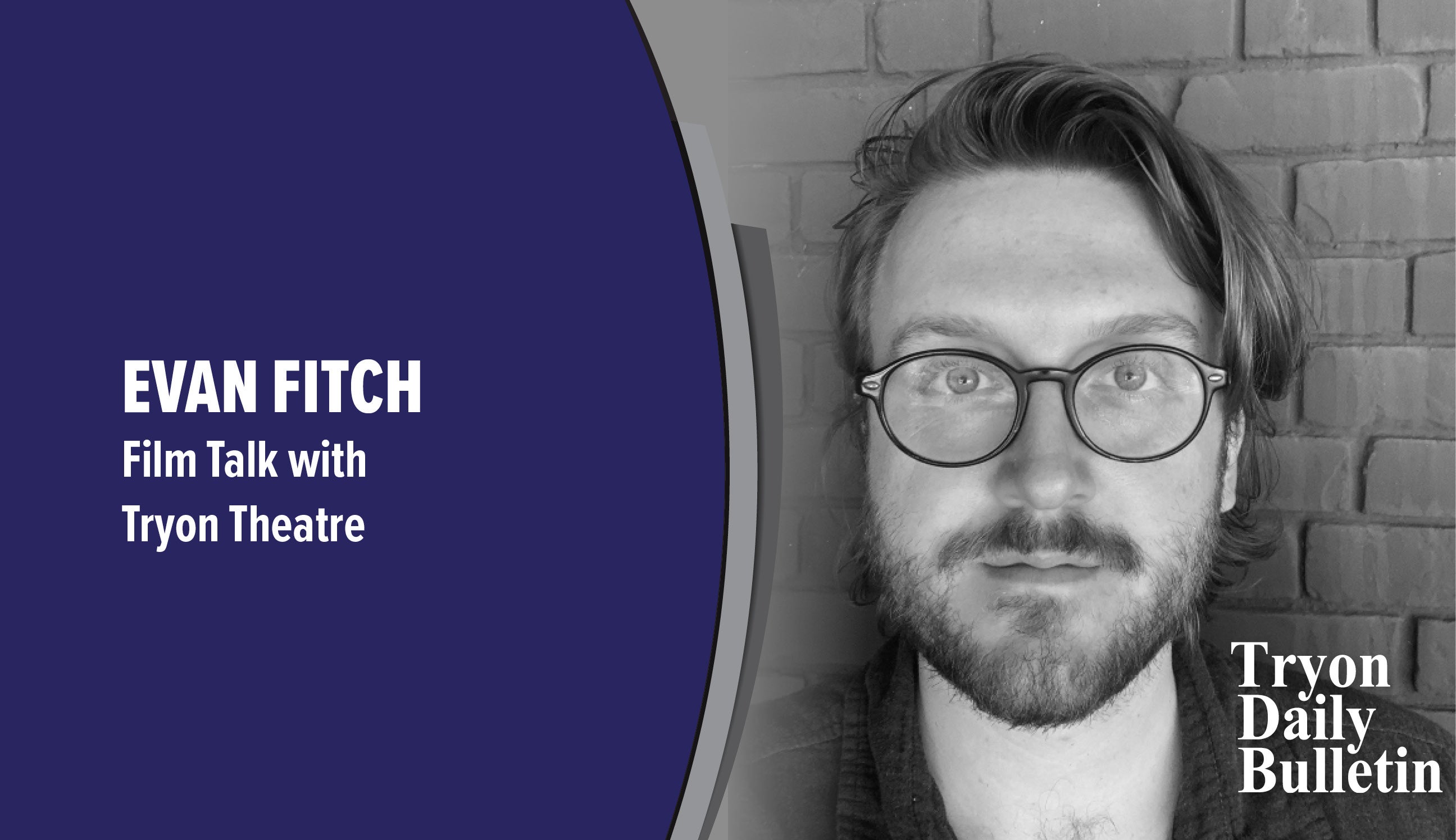Enjoy a healthy dose of cinematic debauchery
Published 2:34 pm Tuesday, February 14, 2023
|
Getting your Trinity Audio player ready...
|
Brash and beautiful, “Babylon” is the central focus this week at Tryon Theatre. This cinematic spectacle is the latest creation from acclaimed director, Damian Chazelle, of the beloved “La La Land” fame. Similar to its celebrated predecessor, “Babylon” is also concerned with the glitz and glamour of “Hollywood,” though the earlier era and darker tone of its concern is certainly a departure from “La, La Land”.
“Babylon” is a period piece, spanning multiple periods in succession from the libertine roaring 20s, through the increasingly rigid and sanitized 30s, and eventually culminating in the 50s, a full generation later. While “Babylon” is not a musical itself, the film showcases Chazelle’s talent for choreography and rhythmic insanity, as it depicts the lives of old Hollywood talent and executives, both in the madness on set, and in the matched freneticism of their lightning-paced lives.
Trending
Leading the narrative threads through this film’s maze of characters and settings are the film’s protagonist, Manuel “Manny” Torres (Diego Calva), and the film’s two deuteragonists: Jack Conrad (Brad Pitt), and Nellie LaRoy (Margot Robbie). At the opening of the narrative, Manny is a newcomer to Hollywood, and a laborer at that, removed from the golden light of glamour. Yet in a turn of fate, equal parts blessing and curse, Manny’s life is transformed through the happenstance encounter of two alluring individuals, the electric and dramatic self-anointed star of screen, Nellie LaRoy, and the beloved, but troubled, silent film star, Jack Conrad.
The film’s plot is sprawling, both in the breadth of the time it covers and the scope of its content. On the note of that content, it is not a film for the faint of heart. The camera delights in the depiction of old Hollywood’s excess: drugs, sex, and film rolls. In many ways, the film considers itself a love letter to Hollywood and film itself, albeit a decadent and indulgent homage. And while a valid argument is to be made as to whether or not depicting such indulgence is necessary, it would be wrong to argue that it is wholly inaccurate. The film’s depiction of 20s Hollywood is not perfect but is more honest in the culture it depicts than the Hays Code films of the 30s would suggest about the sinfully corrupt system from which they originated. The film’s depiction of the transition from the 20s into the coded decades to come captures a part of Hollywood history that is often forgotten.
Although the film is lengthy at around three hours, this is a typical trend of directors with multiple critical and commercial successes under their belt. As their fame and prestige increase, does their artistic subtlety. However, as the art becomes ever more indulgent it also tends to become ever more masterful in its technical qualities, a point brilliantly exercised in “Babylon.” Chazelle’s skill in placing the viewer in the middle of cinematic spectacle is almost unmatched, providing an experience that is gorgeous and grand, if not exhausting. For those who are willing to take a risk with content, but want a sure bet with technical mastery, this film will surely leave you satisfied. We hope to see you there for all the debaucherous spectacle!
Trending






